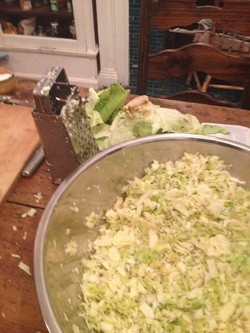
My friend and cofermentor Angela Davis of Nourishing Works recently did a fermentation workshop at Thirdroot. She has years of experience working in holistic health and fermentation. Her workshop - Sour Power! (great name right?) was held at Thirdroot last weekend. Angela gave me a jar of her lactofermented Tumeric Kimchi and I was inspired to make some sauerkraut with her recipe. I quadrupled the recipe for a 5 liter fermentation vessel, but you can use mason jars or whatever else to ferment the mixture. The fun part is adapting the ingredients to whatever your tastes are. I find that I sometimes use too much salt so I definitely measure that, but everything else I just kinda throw together:
Ingredients:
1 large head (approx 2lbs) green or red cabbage, cored and finely shredded (I used 4 heads for a 5 liter crock and could have put in more)
1 large organic apple shredded
1 tablespoon caraway seeds (I always add more, love it!)
1 teaspoon juniper berries (Hate them, but they make it taste better)
4 teaspoons sea salt (per head of cabbage)
* Chop, shred or grate cabbage. Sprinkle salt on the cabbage in a bowl as you go. The salt pulls water out of the cabbage and makes the brine. Be patient, it takes 15-30 minutes of time/prodding (see below)
* Knead and squeeze the cabbage and salt for 5-10 min - the cabbage should be limp, translucent and release its juices easily. The brine should be a-flowing!
* Put the cabbage in your fermentation vessel - a crock, a mason jar, etc - a little bit at at a time, and pack it down with your hand or wooden spoon. This pushes out air bubbles and pushes the brine to the top of the jar.
* Continue putting the cabbage in the vessel and you should see the level of brine increase. If you don't get enough brine, add salt water to bring the brine above the cabbage. I almost never have to do this. But if you do, add one tablespoon of salt to one cup non-chlorinated water (dissolved) and mix it in.
*Leave at least 1-2 inches at the top of the vessel for the cabbage to expand
* Place a couple large outer leaves at the top to force the chopped cabbage below the brine
*Wipe away any loose cabbage and loosely close the top of the mason jar (so gases can still escape) or put the lid on your cool Harsch crock :)
* Leave in a cool, dark place. Best temp is 65-68 degrees. Keep an eye on your baby, checking to make sure the brine is still above the cabbage (if mold forms, scrape it off, don't worry! it can't grow below the brine, it's too acidic)
* You KNOW when something has gone bad with the fermentation process. It smells nasty and way different than good krawt. This has only happened to me once but I will remember it forever. Usually, everything goes fine! in 5-7 days you will have the beginnings of a sour krawt, but you can leave it more for more sourer-sourer stuff.
*If brine evaporates - add salt water.
*When your krawt is a good sourness, take off the top big cabbage leaves and put it in the fridge - this slows the process.
*Enjoy! It will last about 6 months-1year in the fridge.
You can see what my krawt looked like below: the brine is still a little low but the more I filled it the higher it got.
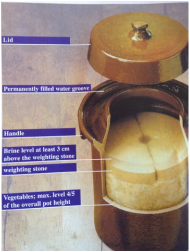
* Increased digestibility, vitamin and enzyme content
* Supports a healthy immune system
* Adds lactic acid and beneficial bacteria
To your health! Email me if you have any questions about the fermentation process, and thanks to Angela at Norishingworks.com
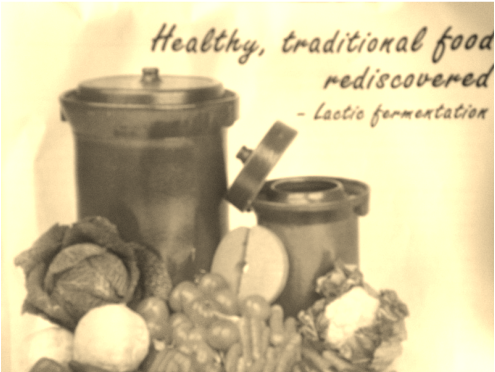
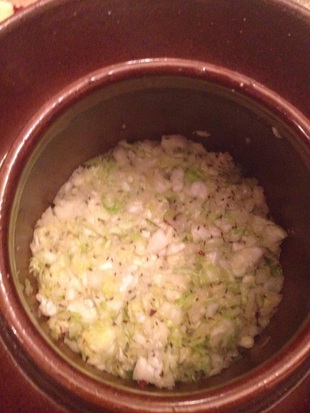
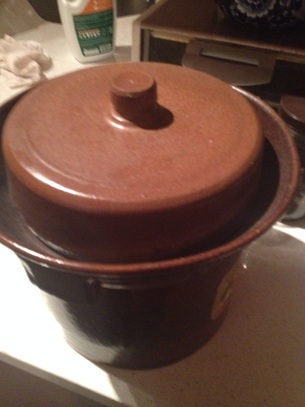


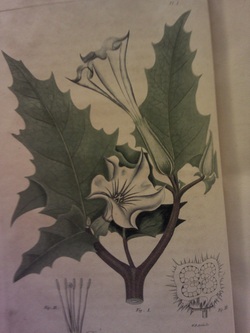
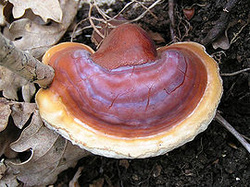
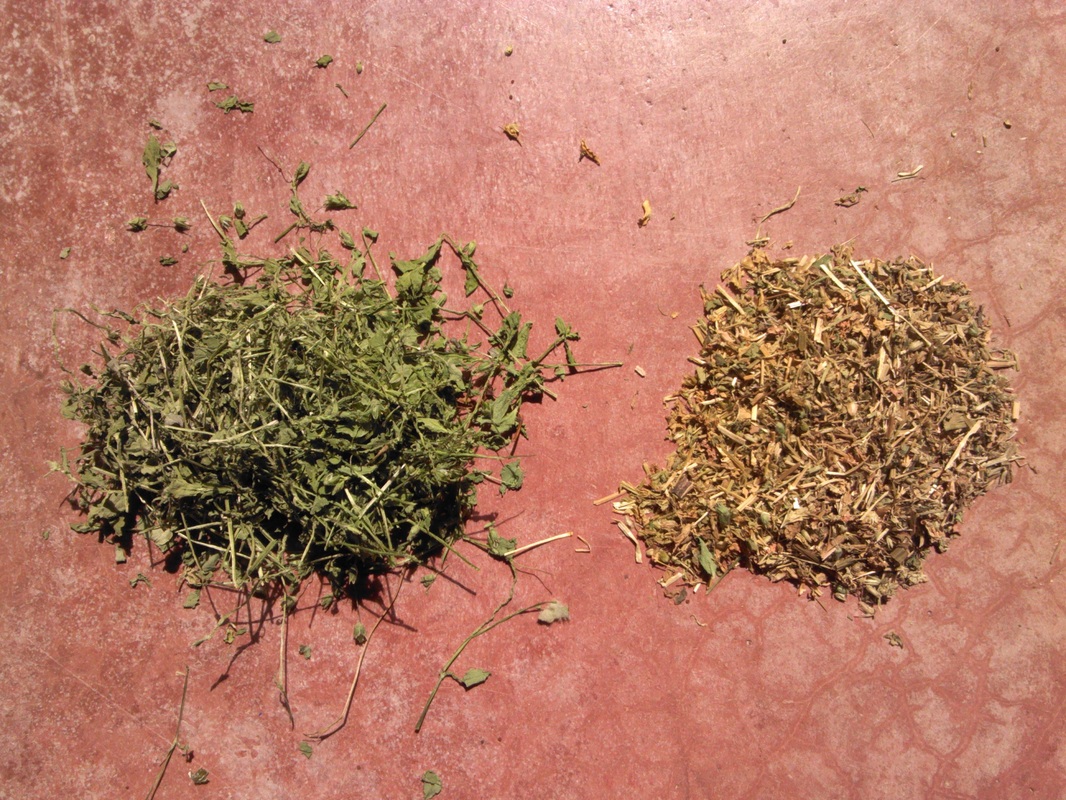
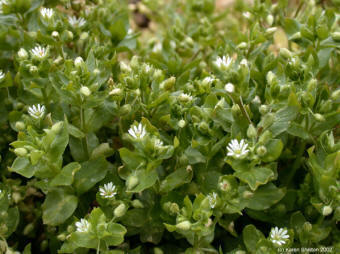
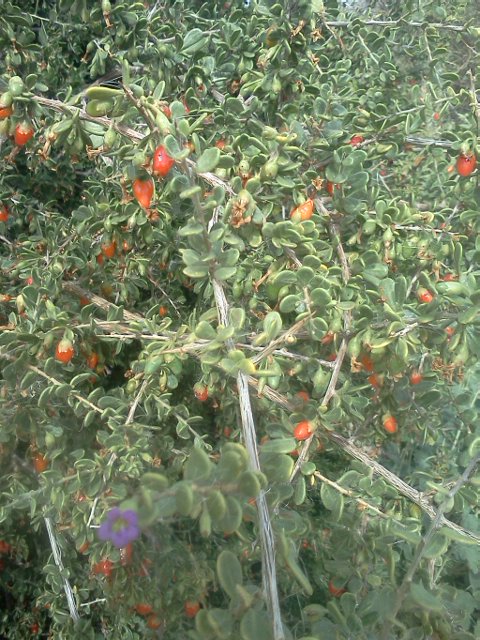
 RSS Feed
RSS Feed